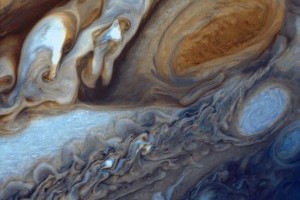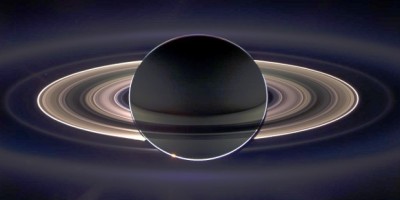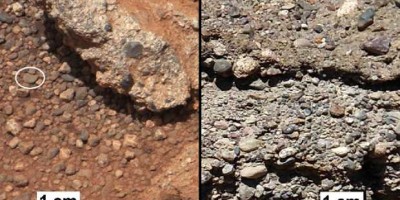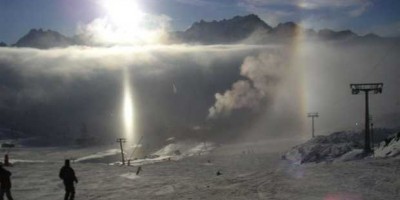Our Solar System, to scale
Josh Worth has created what he calls a “tediously accurate scale model of the Solar System: If the moon were only 1 pixel There’s lots and lots and lots and lots and lots and lots and lots and lots and lots and lots and lots of empty space out there. Josh Worth ha creado lo que él llama un modelo de “escala tediosamente exacta del Sistema Solar: Si la luna…




